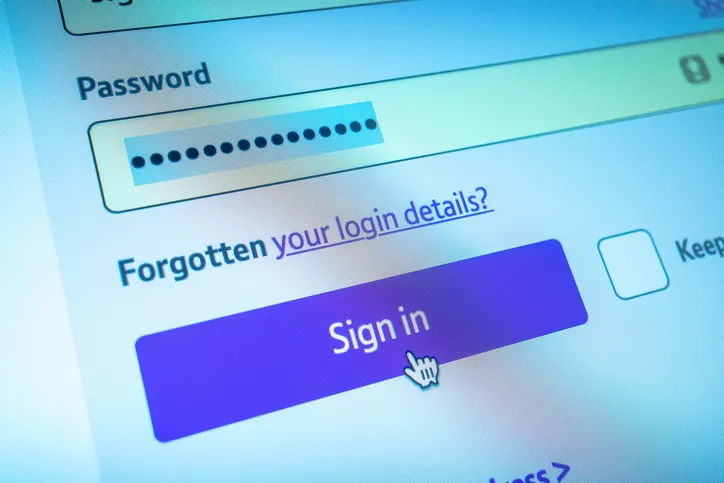This global leader plays a critical role in keeping the world connected. The company works with some of the largest and most influential public and private organizations in the world to enable ultra-fast data transmission.
Safeguarding the systems that keep the world connected
Standing at the forefront of global connectivity, this industry leader designs and manages large-scale communications systems that power the world’s most data-intensive enterprises – including social media giants, hyperscale cloud providers, and major data center operators. Given the scale, confidentiality, and sensitivity of the systems and data it helps transport, the company faces complex cybersecurity challenges.
Protecting sensitive customer data
Most of the organization’s projects are custom-designed and highly proprietary, making data privacy and Intellectual Property (IP) protection critical to maintaining trust and confidentiality with customers. In an industry where every competitor knows the landscape intimately, any loss of data could cause significant damage.
International security implications
The company faces a broad range of advanced cyber threats – from corporate espionage and supply chain risks to cyber-physical attacks on critical infrastructure. Its international footprint adds complexity, including cross-border regulatory compliance. A successful attack could disrupt business, compromise IP, or trigger wider consequences like disruptions to international data transfers and other critical services.
The global leader works closely with communities to anticipate threats that could impact the global communications network at large.
In this environment, cybersecurity is a foundation for international trust,” said the organization’s CISO.
Building a resilient cybersecurity strategy from the ground up
The CISO had the rare opportunity to build the IT and cybersecurity infrastructure from scratch. "Initially, we bought what everyone else buys,” referencing the traditional mix of firewalls, routers, and antivirus tools. “But I knew we needed to do more.”
Self-Learning AI – “the missing piece”
With solid perimeter defenses in place, the security team sought deeper protection inside the network. Darktrace’s Self-Learning AI stood out. “Unlike other solutions, Darktrace’s AI looks beyond known threat signatures, learning what’s normal for our environment and flagging what’s not. That was the missing piece – something that could help us even when everything else failed.”
A solution and partnership that delivered
The CISO said he appreciated the ability to observe Darktrace in action before full deployment, noting that the Darktrace team was there every step of the way, providing guidance and expertise to ensure he got the most out of his investment.
Partnership was especially valuable given the company’s explosive 400% growth over the last six years. As resources were stretched and priorities shifted, “Darktrace remained patient and responsive. We’re slow and methodical, but the Darktrace support team was phenomenal, never losing momentum and earning our trust.”
A unified cybersecurity ecosystem
Today, the global leader is using the Darktrace ActiveAI Security Platform™ as a core part of its layered defense strategy, including:
- Darktrace / EMAIL™
- Darktrace / Attack Surface Management™
- Darktrace Cyber AI Analyst™
- Darktrace Managed Detection & Response™
The CISO appreciates how, as a unified cybersecurity platform, Darktrace has an intuitive user interface, which makes it easier for his team to investigate alerts visually, even without deep technical expertise.
Advancing defenses while impacting the bottom line
A 24/7 “safety net”
The fact that this company has never been hacked is the clearest proof it made the right decision with Darktrace, said the CISO. Initially rolled out in Human Confirmation Mode, meaning it would not take autonomous action without explicit approval from the security team, Darktrace immediately uncovered threats and anomalies that other tools had missed.
Darktrace acts as a must-have safety net—ready to step in when other tools fall short,” said the CISO.
From monitoring internal behavior and identifying unusual attack patterns, to autonomously neutralizing threats after hours, the platform provides peace of mind in a high-stakes industry. “Darktrace is my dark horse – the thing I have in my back pocket if everything else fails. It’s here to save the day, save my company, and maybe even save my career.”
Autonomous capabilities free up time for skilled analysts
Darktrace’s AI-powered detection and response capabilities are deeply embedded in the team’s day-to-day operations, autonomously investigating and responding to the majority of potential threats. Cyber AI Analyst conducted a total of 2,776 total investigations within three months, averaging just 12 minutes to autonomously investigate an incident. Of those 2,776 investigations, Darktrace resolved 2,671 (96%) autonomously and escalated only 105 (4%) to analysts. Darktrace has dramatically reduced alert fatigue and freed up analysts to focus on what really matters, saving the security team 486 analyst hours on investigations within a 20-day period.
From noise to actionable insight
Darktrace delivers meaningful data and meaningful alerts. “If Darktrace escalates an incident, we drop everything and work on that. We trust in Darktrace.” When analysts do need to investigate an incident, Darktrace’s forensic logs and guided remediation suggestions have slashed the time analysts spend on investigations by four to five times.
Stronger security. Lower cost.
The CISO says, “Darktrace is a money-saver for our organization, making continued investments an easy sell to the CEO and the board.” When he found himself down a resource after a member of the security team left the organization, the CISO turned to Darktrace Managed Threat Detection and Response services for 24/7 expert support. “It was a no brainer. We got better coverage, higher skill levels, and around-the-clock support – all for less than what we would pay to employ a single analyst.”
Scaling securely into the future
Securing networks in motion
The organization is preparing to scale both its operations and security posture across existing distributed, mobile and deployable communications networks that historically have been disconnected. Some of these networks are in constant motion and operating in some of the world’s most volatile regions. “Darktrace will act as an autonomous defender, monitoring for anomalous behavior and intervening, when necessary, especially during those dangerous times when an asset ‘goes dark’ and becomes disconnected from the broader network,” said the CISO.
Applying AI strategically
As the organization continues to evaluate where and how to apply AI, its emphasis will be on technologies that can act independently to contain threats – especially in environments where human response may be delayed. “It’s about using the right kind of AI for the right challenge. That’s why we’re investing in Darktrace, with tools that can adapt and learn even in isolation and provide real-time protection wherever we operate.”













































